I always told myself that my first publication would be representative of a large body of personal work, something only I could have produced after a few years of working on a project – all the stars would align, I would curate a coherent sequence, send to print, score a publishing deal, and then make a start on the next idea. Perhaps ambitious – after all, many photographers dream of such an arrangement – but I don’t think it’s too unrealistic a goal, especially as the work I’ve been producing for a while is specifically intended for sequenced, printed presentation.
Things rarely turn out as planned: instead of being a self driven, personal long-term project, my first foray into print was a collaborative effort with the documentary photography collective I co-founded in late 2019. Our original mission started out as an attempt to document the shifting face of socioeconomic issues specifically, but we quickly realised in mid-March that there was a far more urgent and time sensitive story which needed to be looked at.
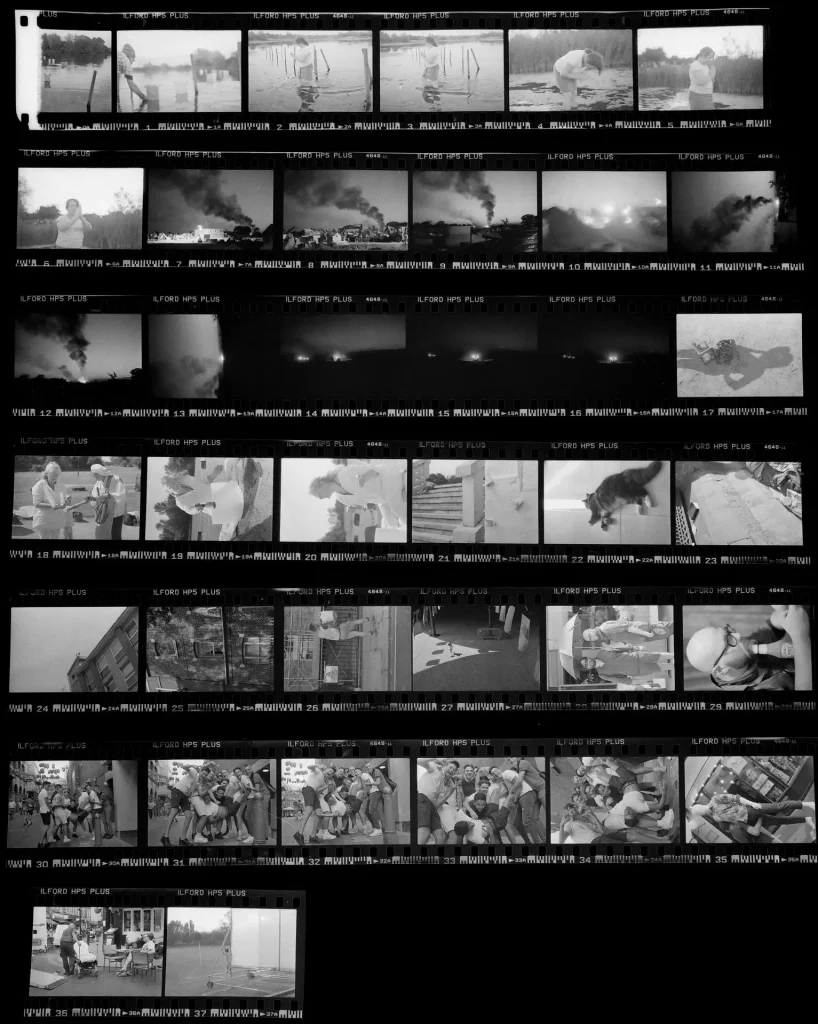
We decided to restrict ourselves to only the summer, as the good weather, relaxation of restrictions, and global issues brought out so many stories for us to pay attention to. It feels rare for people to experience true, active awareness of history being written moment to moment during our day-to-day lives. It seems nowhere has escaped the exceptional events which rippled across the globe throughout 2020. With no space to breathe from these dominating situations it offered even people with little interest or involvement in politics or wider society a feeling that something beneath the surface is shifting.
Some of the photographs show the result of a society with no outlet – art, movies, music, sport, theatre, entertainment, culture stripped away. The consequence of this seeming to be a strong investment in outlets for that frustrated energy: causes, protests, ceremonies, rituals. Documenting this regime change involves a form of culture shock, as we enter this foreign but familiar country; the atmosphere and rules entirely different to anything experienced in our lifetimes.
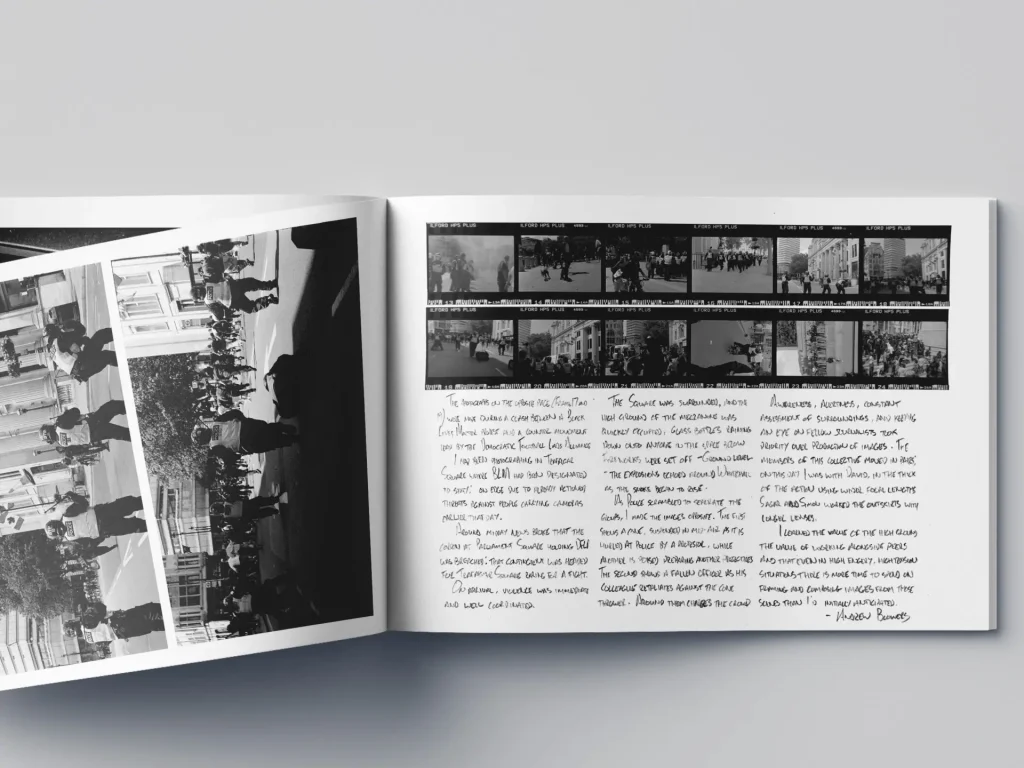
Our challenge was to do justice to the absolute displacement of the social contract, while also working within what we wanted to achieve in terms of photographic aesthetic. We worked entirely with black and white film – David prefers Kodak Tri-X, while Andrew, Sagar, and myself used mostly Ilford films. Andrew, David, and I are rangefinder shooters first and foremost, and made sure to keep to short to mid lengths, to really get inside the scenes we were working with. David had recently started using 28mm, and I think he produced some of his best work to date while using it in chaotic crowds. Sagar was using a Nikon F2, with a 50mm only – he’s the newest of all of us to a film workflow, so a perfectly simple set-up was ideal for him to learn on.
We develop our work ourselves, but all have slightly different ways of achieving our results. I use a stand develop method for almost everything, Andrew and David use HC110, and Sagar likes to use Ilford’s Microphen. For consistency in print this meant a lot of darkening and gamma adjustments in order to allow a clean flow between one image to the next. The aesthetic wasn’t the focus however; the overall story and flow of the narrative from one page to the next was the key to all of it.
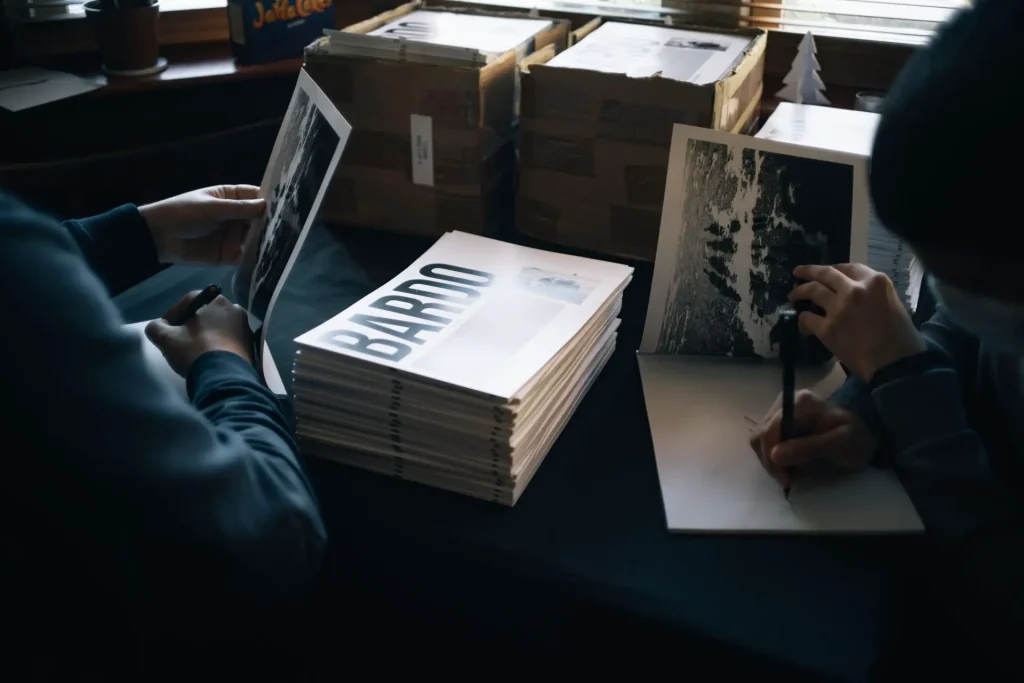
We went through a few draft copies to test out how things would look on the page. The layout and typography was made with Affinity software, and we printed with Mixam, a UK based company which has some excellent options for personal printing. In the end we went with an A4 size, with 130gsm silk pages throughout – 72 pages total. The cover was initially going to be similar, but we made the change to a 300gsm recycled silk a couple of drafts in, and felt that this gave the entire thing a bit more weight – a much better first impression for anyone picking it up for the first time.
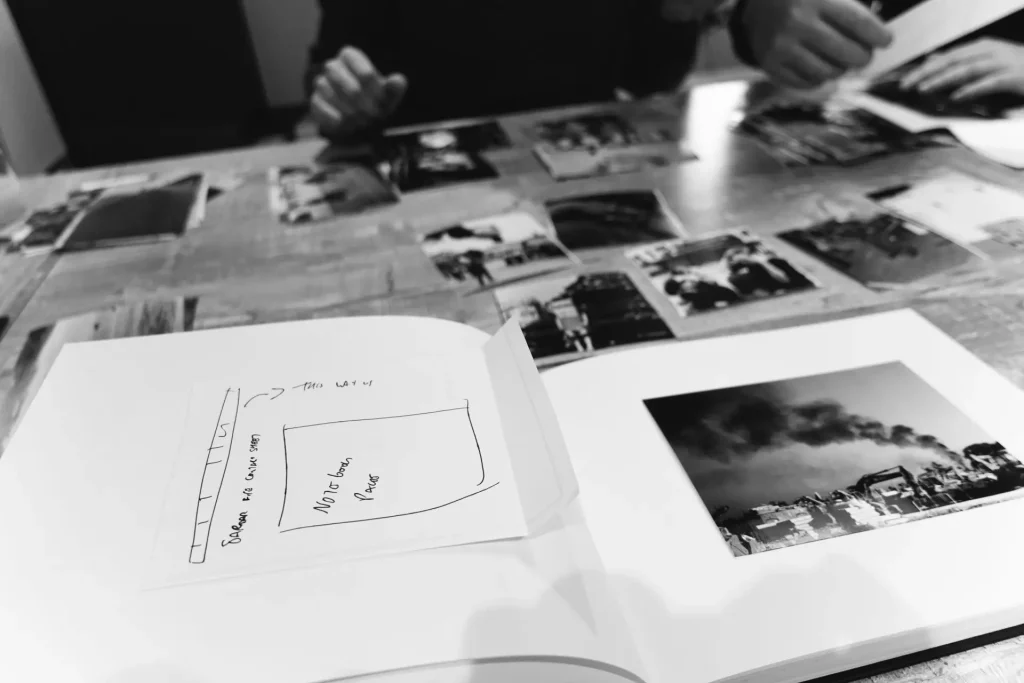
Part of what we want to achieve as a collective is that the work, when intended for print, cannot be found anywhere other than in context. One of the weakest aspects of social media is that it’s intended for one-and-done, individual attention grabbers, not a sequence of consecutive ideas. For that a book/zine shines, so you won’t find many of the images in the zine presented individually. This made promoting the zine interesting; we didn’t want to just give it all away, so instead had to hint at the contents by showing cut work, and telling some of the stories around how the work came to be.
If you’re interested in owning a copy of BARDO: Summer of ’20, at time of writing copies are still available – but act fast! If you want to stay tuned for future updates and projects, check out our instagram!
Share this post:
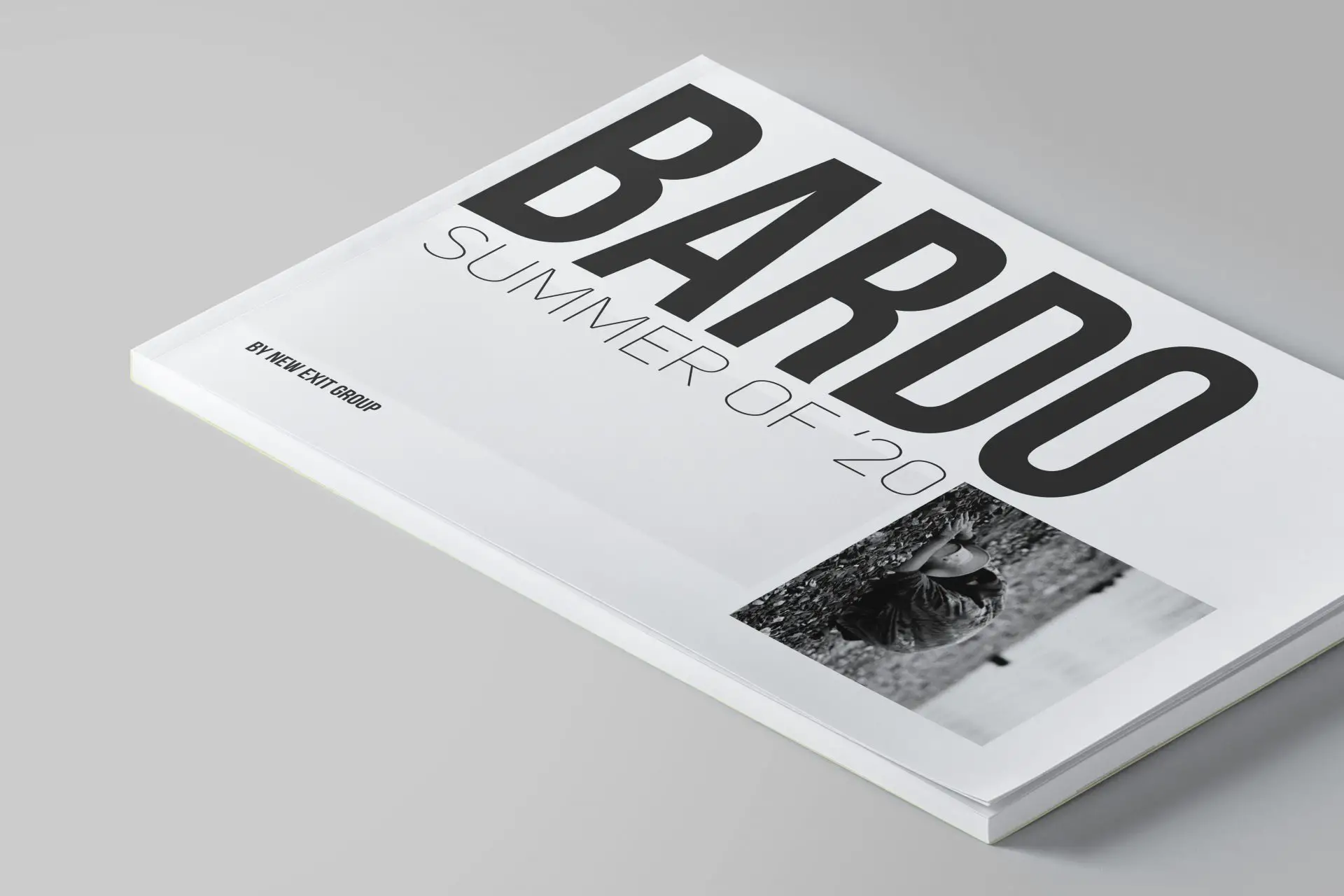
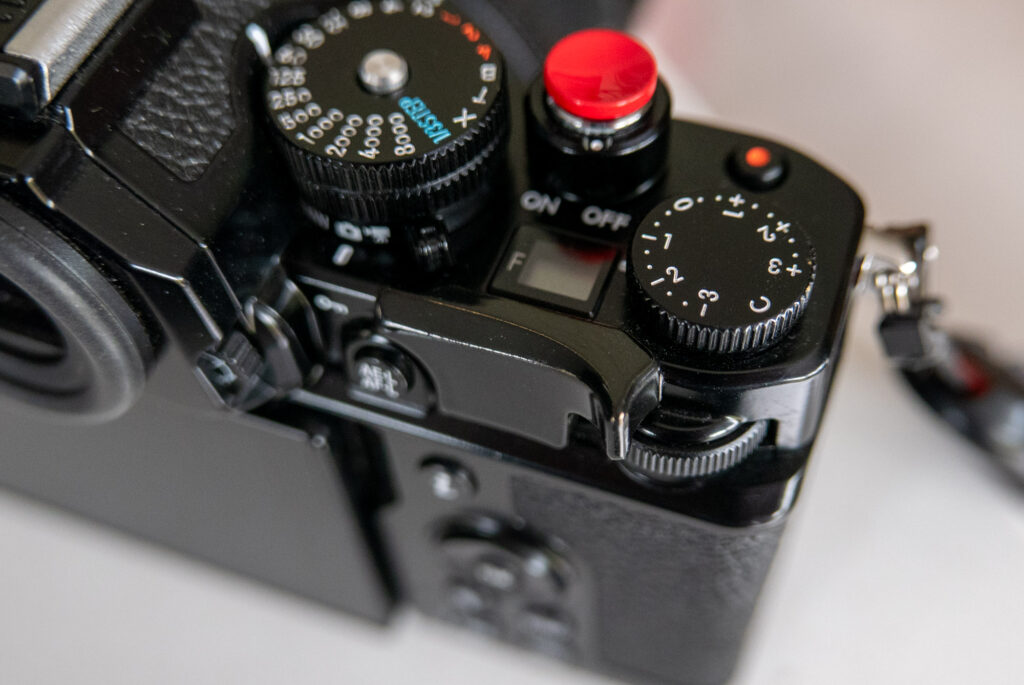
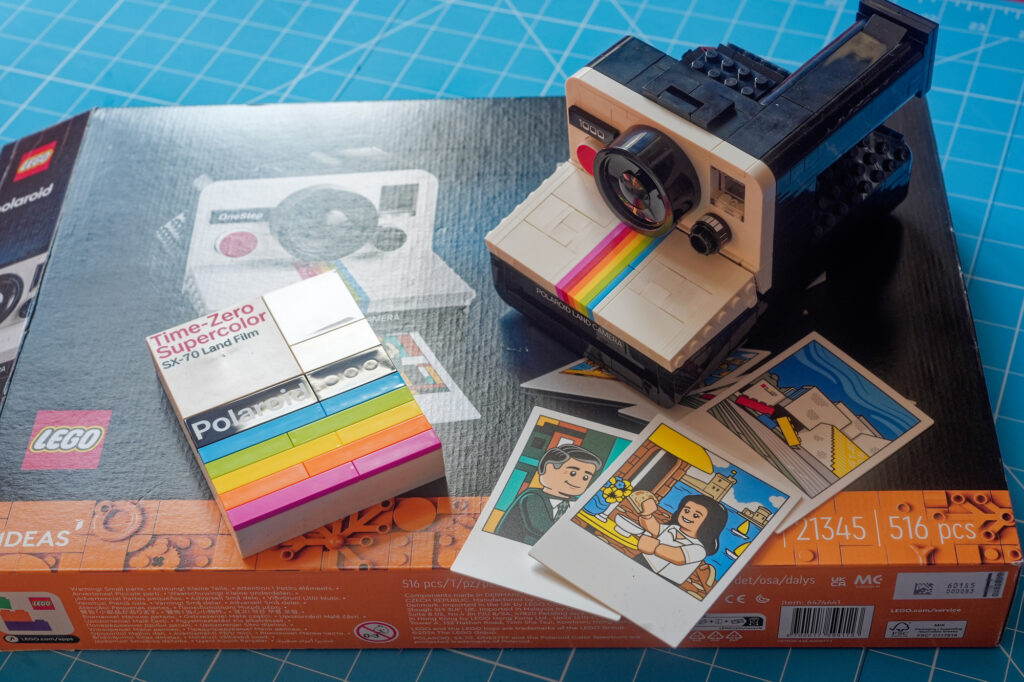






Comments
Michael J on “Bardo: Summer of ’20” – a Photozine – by New Exit Group
Comment posted: 24/01/2021
Comment posted: 24/01/2021
Michael O'Rourke on “Bardo: Summer of ’20” – a Photozine – by New Exit Group
Comment posted: 27/01/2021
Comment posted: 27/01/2021
Lessons Learned on Making Something from 'Nothing' as a Photographer | PetaPixel on “Bardo: Summer of ’20” – a Photozine – by New Exit Group
Comment posted: 17/05/2021